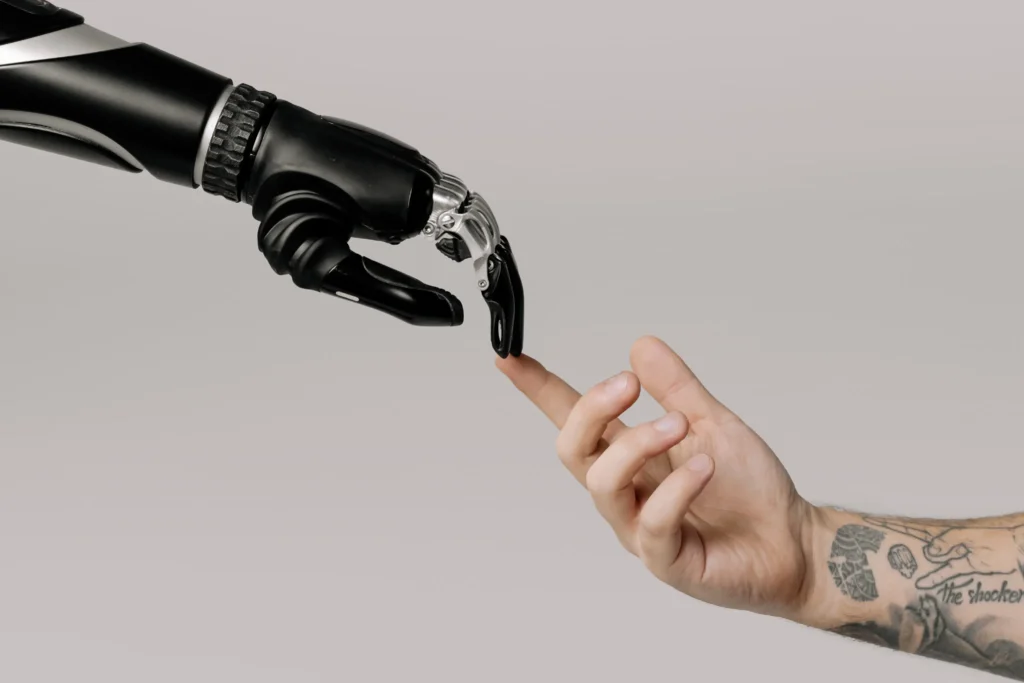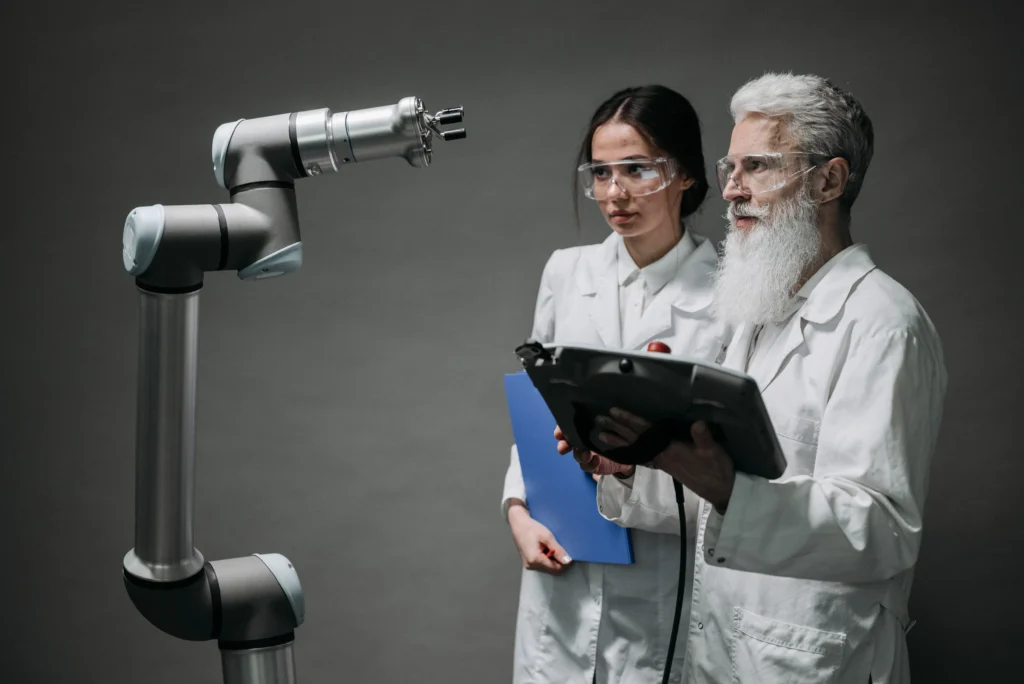|
Getting your Trinity Audio player ready...
|

With the advent of Artificial Intelligence (AI) technology, We are better prepared to deal with such catastrophes or stop them from happening from the beginning.
It’s not a distant memory of when people were infected with COVID-19 and falling victim to it. People are trying to locate ICU beds and oxygen tanks on Twitter, Facebook, and WhatsApp.
The epidemic also led to numerous individuals losing their jobs due to the lockdowns that forced people to move from cities back to their hometowns to find work and food. This was not confined to India, as the whole world was affected by the same situation. While the global economy is recovering slowly, the loss of lives is not a thing to be taken lightly.
If we look back to a year ago, it’s clear that the world cannot afford another epidemic that is this large. Since the advent of technology known as Artificial Intelligence (AI) which is now available, we are more prepared to deal with such catastrophes or even stop them from happening. When an outbreak occurs, the government or relevant authorities try to limit the spread of the disease and avoid loss of life. The treatment of an outbreak involves rapid screening, forecasting the severity of the disease, and effectively distributing health personnel and infrastructure such as ICU oxygen, beds drugs, vaccines, and ICU beds.
A rapid and thorough screening is necessary to determine those suffering from the disease and eliminate them, thereby stopping spreading the infection. AI tools be a key part of the screening process. For example, AI-based tools analyze cough sounds to identify diseases like tuberculosis and COVID-19. These tools can aid in the treatment of patients suffering from COVID-19. AI can also give diagnosis recommendations to medical professionals, speeding up the process of making a diagnosis, for example, by detecting various symptoms in the chest radiograph, which could indicate certain illnesses.
The Central TB Division of India is using AI throughout the tuberculosis escalation of treatment. One of these initiatives includes the automation of interpretation for the Line Probe Assay test used to diagnose TB. Similar tools are available for diseases susceptible to epidemics to speed up the process of obtaining the diagnosis and assist in stopping an outbreak. Another major use of AI prediction models for pandemic control is to anticipate the spread of the disease, helping healthcare professionals to be more prepared ahead of time.
AI models can be utilized to predict future cases of infection, hospitalizations, demands for ICU beds, oxygen levels, and deaths that could occur in a specific area. The models consider various variables, such as population density, age distribution, and the efficacy of social distancing methods. Based on these predictions, authorities can plan to allocate staff and medical infrastructure like hospital beds, ventilators, or personal safety equipment more efficiently to prevent deaths. Because identifying and separating affected patients is among the most crucial aspects of fighting a pandemic, an entire country like India requires large-scale contact tracing.
AI models could automate the process by analyzing information from mobile phones and other sources and identifying new cases efficiently and quickly. In India, resources are scarce, and resource allocation and distribution remain an issue. AI model can be utilized to optimize supply chains which can reduce lead times, dramatically reduce costs, and allow rapid distribution of resources through forecasting alternative routes. In the case of COVID-19, governments worldwide used these models to forecast the need for medical facilities. AI predictive models can guide policies, enforce social distancing policies, and optimize distribution. Models can, for instance, be trained to analyze the efficacy of social distancing measures, such as office and school closures and travel limitations. Through the simulation of various scenarios, policymakers can decide the most effective in preventing the spread of illness.
AI models could speed up the identification of treatments and develop vaccines in response to the emergence of diseases by analyzing the information from a wide range of clinical trials and medical documents. It is believed that the Indian government has used an AI-powered monitoring system since April 20, 2022, in the Integrated Disease Surveillance Programme (IDSP). The program includes a Media Scanning and Verification Cell, created in July 2008 by the National Centre for Disease Control, Delhi. It’s used to scan English or Hindi newspapers manually to identify possible outbreaks and send prompt alerts to local officials.
Utilizing AI programs, the manual task of scanning articles can be automated, which allows the coverage of millions of online articles. The AI tool can scan newspapers nationwide in 11 Indian languages and English to identify adverse health events and potential outbreaks. The Integrated Health Information Platform (IHIP), created in collaboration with the WHO to help support the IDSP program, reports that the AI tool has been able to scan 80,000 health-related news articles every day since April 2022. In addition, it reports 20 to 200 adverse health events based on seasonal variations, endemic conditions, outbreaks, etc. This information is sent according to the Media Monitoring Advisor (MSA), who is responsible for this instrument.
AFTER CHECKING THE SOURCE, the MSA can then narrow down the incidents from the list. Once an epidemiologist has accepted these articles, they are published, and an alert can be issued to local authorities in the area concerned. While there may be some pitfalls in the application of AI in the fight against pandemics, the potential benefits are huge and could save lives and reduce the social and economic effects of the pandemic.



